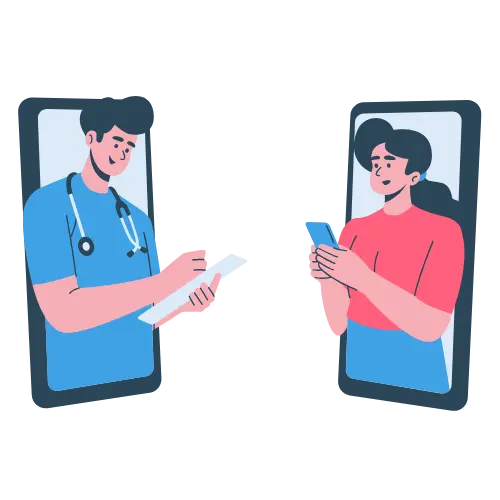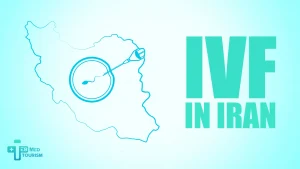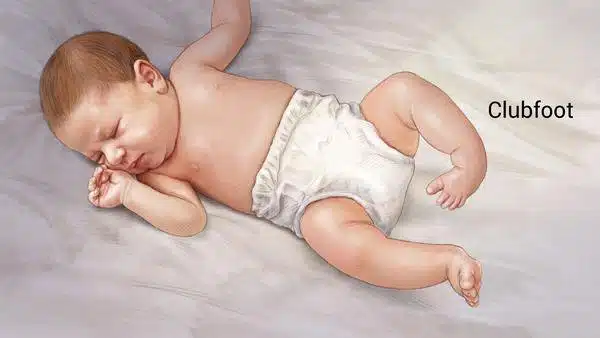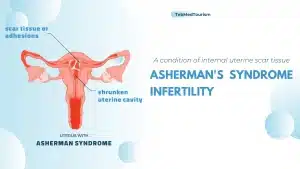Clubfoot, also known as talipes, is a congenital condition that affects the child’s foot so that it cannot be placed on the ground in the standing position. There are four types of talipes among which positional clubfoot is the least abnormal. This orthopedic condition can be treated with different methods depending on the type.
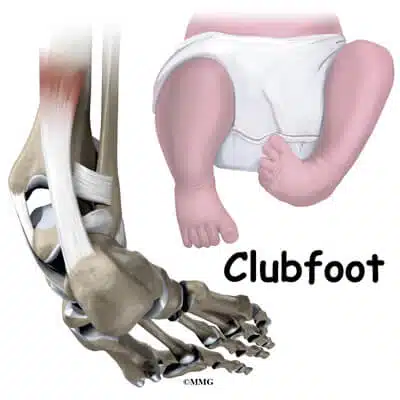
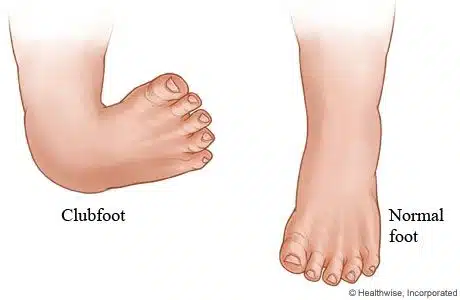
What is a club foot?
Clubfoot is a deformity in the foot and the ankle that is usually congenital. In this condition, the baby has twisted-out of shape or position of foot. It may curl sideways or have an odd shape. It can even be almost upside down. It is found that a muscular imbalance in the lower leg causes the talipes. This imbalance causes the opposing stranger muscles and the back of the leg to draw the foot. In some cases the club foot is bilateral. It means that both feet are affected by the muscular imbalance.
Talipes or club foot causes
Doctors do not exactly know what causes this condition. But, they think that some factors make it more likely including:
- Gender
- Family history
- Pregnancy Lifestyle choices
- Other birth defects or comorbidities
- Too much low amniotic fluid volume during pregnancy
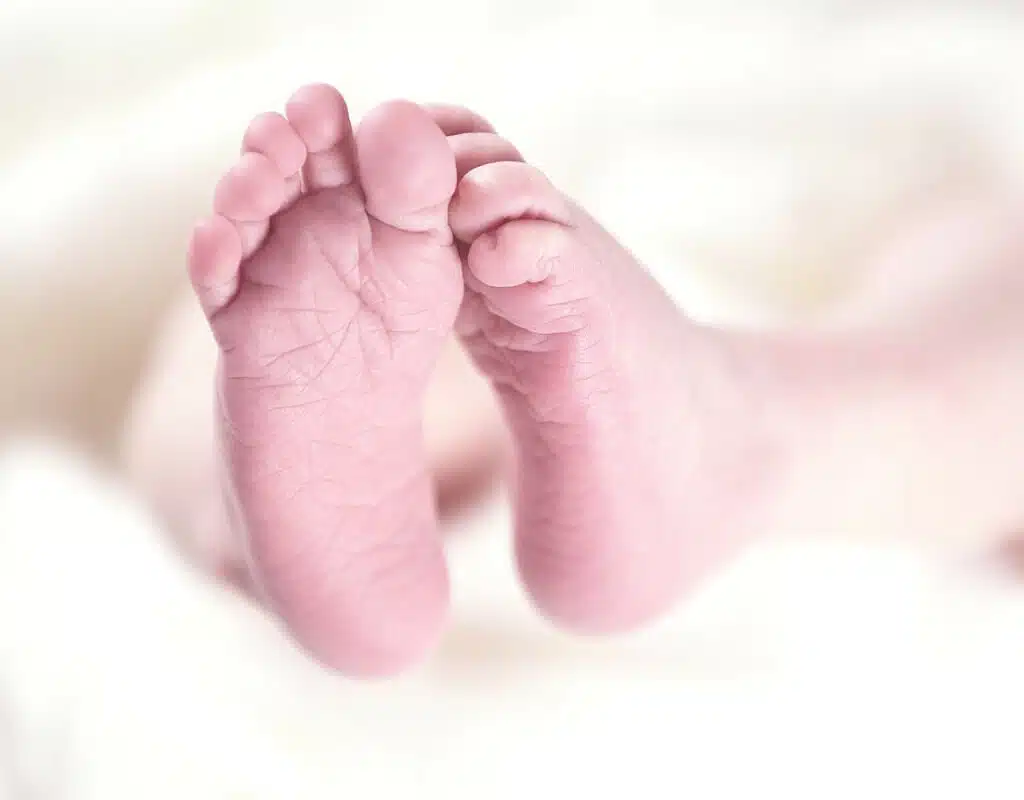
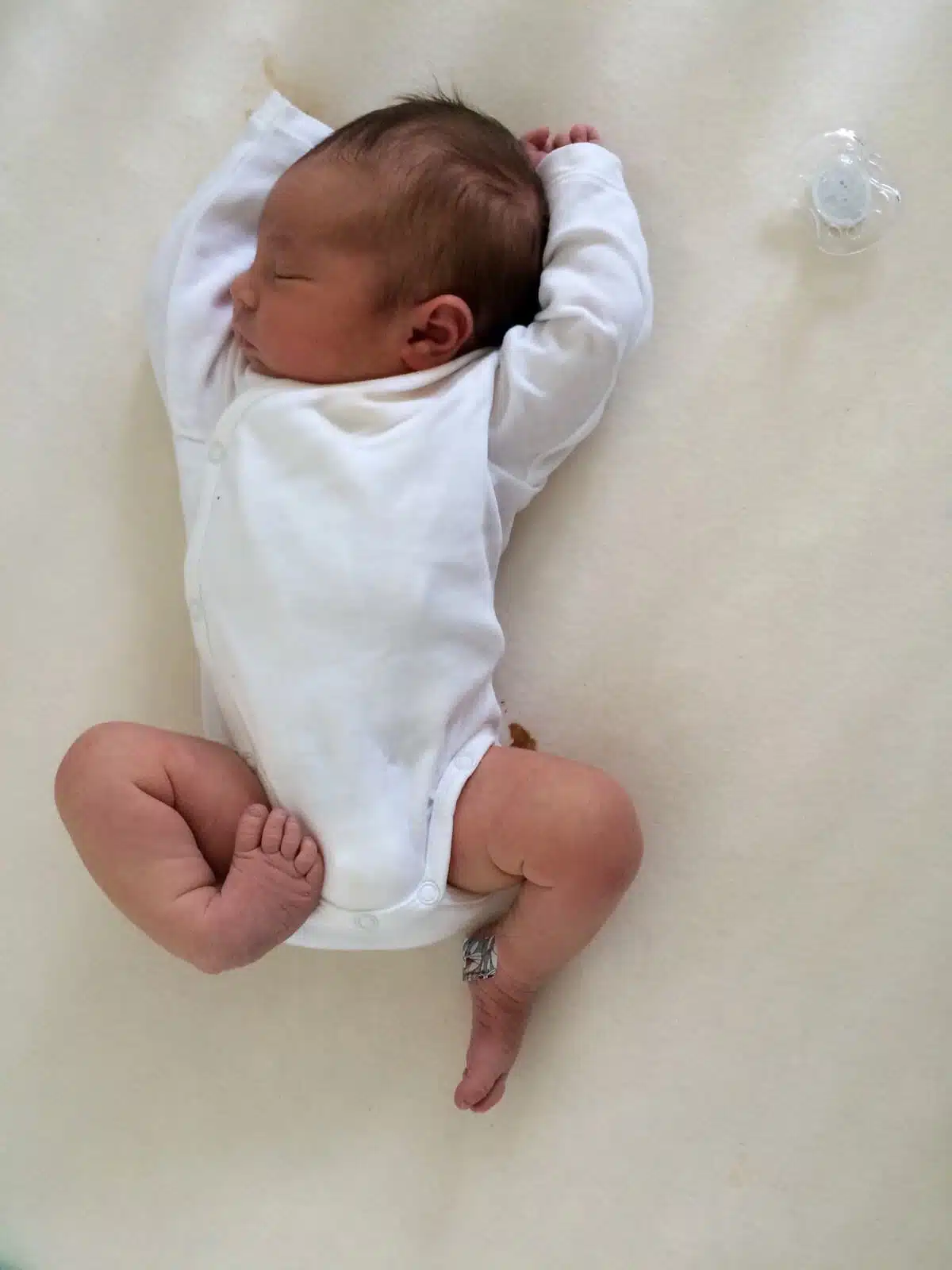
Clubfoot types
Idiopathic talipes
This condition is the most common especially among male children. These children have only one side clubfoot.
Positional or postural clubfoot
Positional clubfoot means that it has not to be treated with surgery and the doctor gently manipulates the child foot into a proper position. The cause of the condition is some tightness in the muscles around the ankle. The baby’s position while in the womb is another cause.
Neurogenic clubfoot
This type of talipes is caused by an underlying neurologic condition such as spina bifida. Neurogenic clubfoot may also develop later in children as a result of spinal cord compression or cerebral palsy.
Syndromic talipes
Syndromic clubfoot occurs due to some other clinical conditions. Arthrogryposis, tibial hemimelia, constriction band syndrome, and diastrophic dwarfism are examples of syndromes that cause clubfoot.
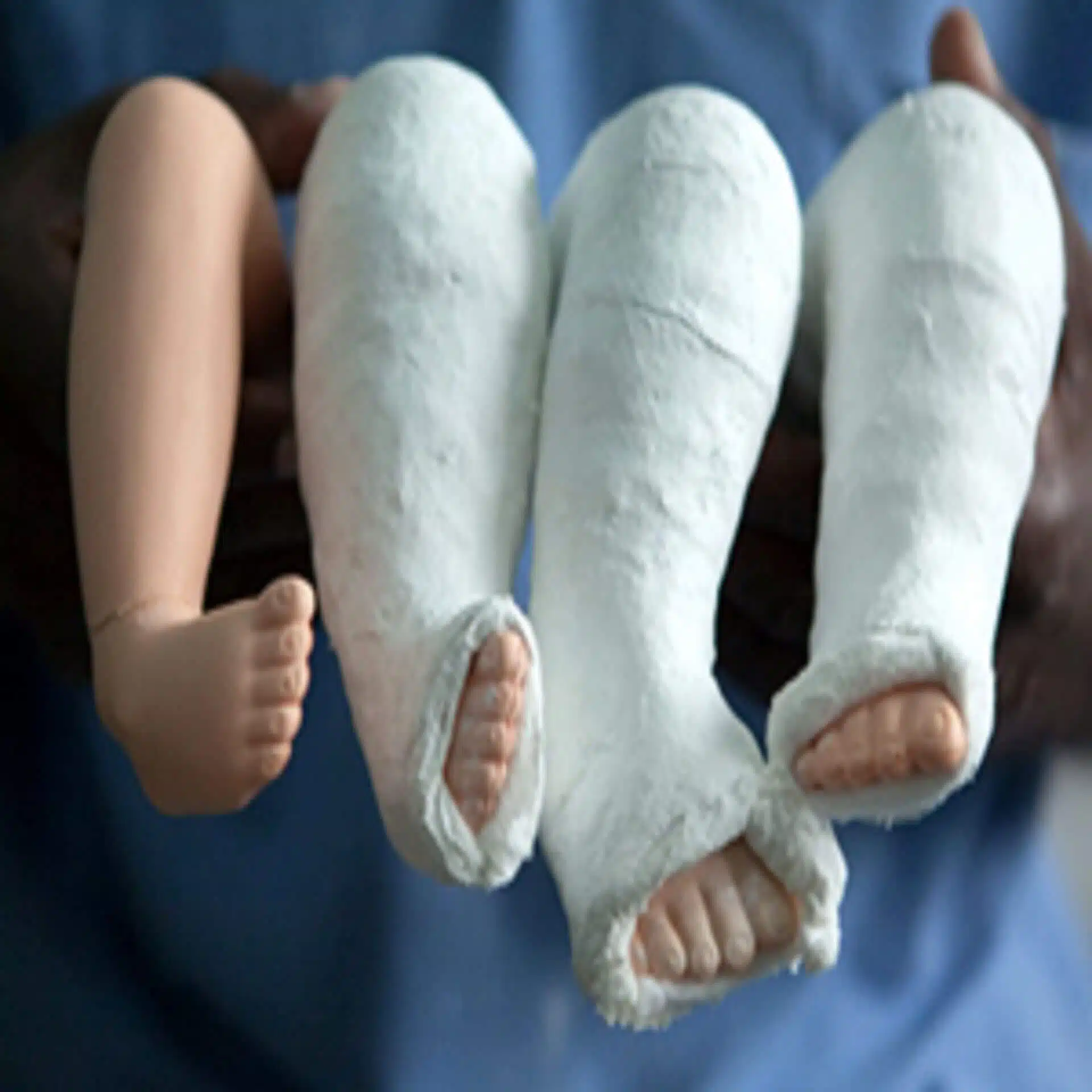

Clubfoot treatment
Talipes or club foot can be treated by 3 different methods depending on the type. These treatments include:
Ponseti method
In this method, the doctor gently manipulates the child’s foot into a proper position. This method includes massaging, exercise or putting plaster cast. Every few weeks or days, the doctor stretches the foot position more toward the normal position and replaces the cast.
French functional method
This method is also known as the “functional method”. The functional method is easiest to do with young children. The doctor gradually stretches the child’s foot to achieve the right position and holds it in place with tape after stretching. Some doctors find it more successful than a Ponseti method.
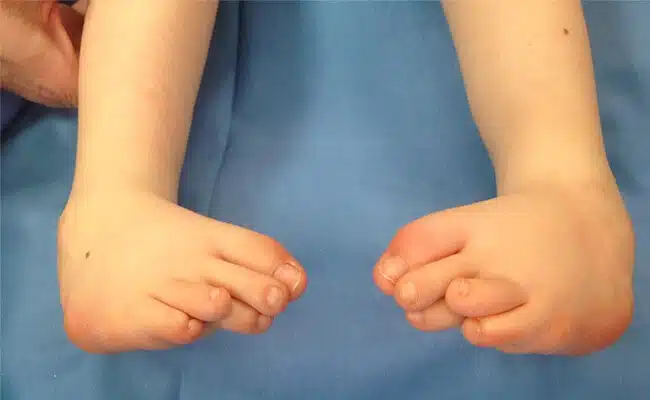
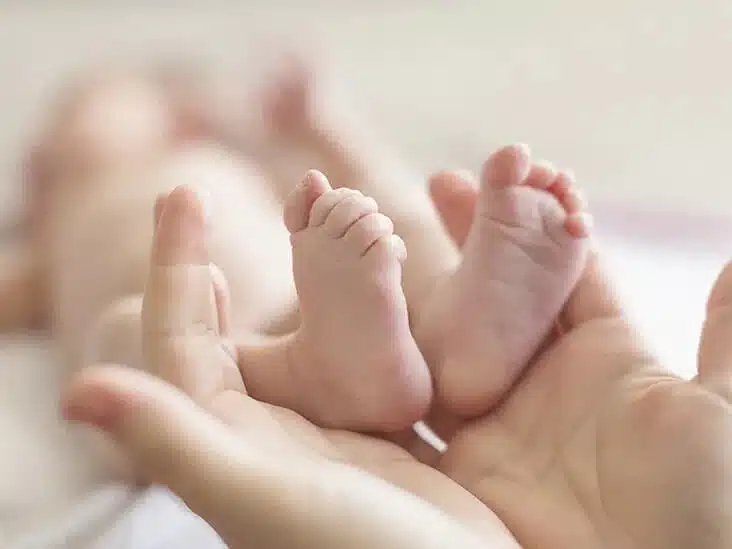
Surgery
It is not recommended as a primary treatment for clubfoot. Surgery is done when the child suffers from a greater stiffness of the foot. However, the surgery for talipes or clubfoot is applied mainly in the case of fixed deformity where the lateral column of the foot is much longer than the medical. This condition occurs as a consequence of unbalanced growth. The surgery technique for talipes or clubfoot includes selective medial release of muscles like posteromedial release. They can be done with or without cuboid subtraction osteotomy. Sometimes the doctors use joint fusion and tenotomy and tendon elongation and transfer. The procedure choice and the optimal timing for this surgery are controversial.

